Excavation Contractors Cuyahoga Falls
Find top Excavation Contractor in Cuyahoga Falls
Get 3 FREE Excavation Company Near Me quotes for your project today! Compare profiles, reviews, accreditations, portfolio, etc... and choose the best deal.
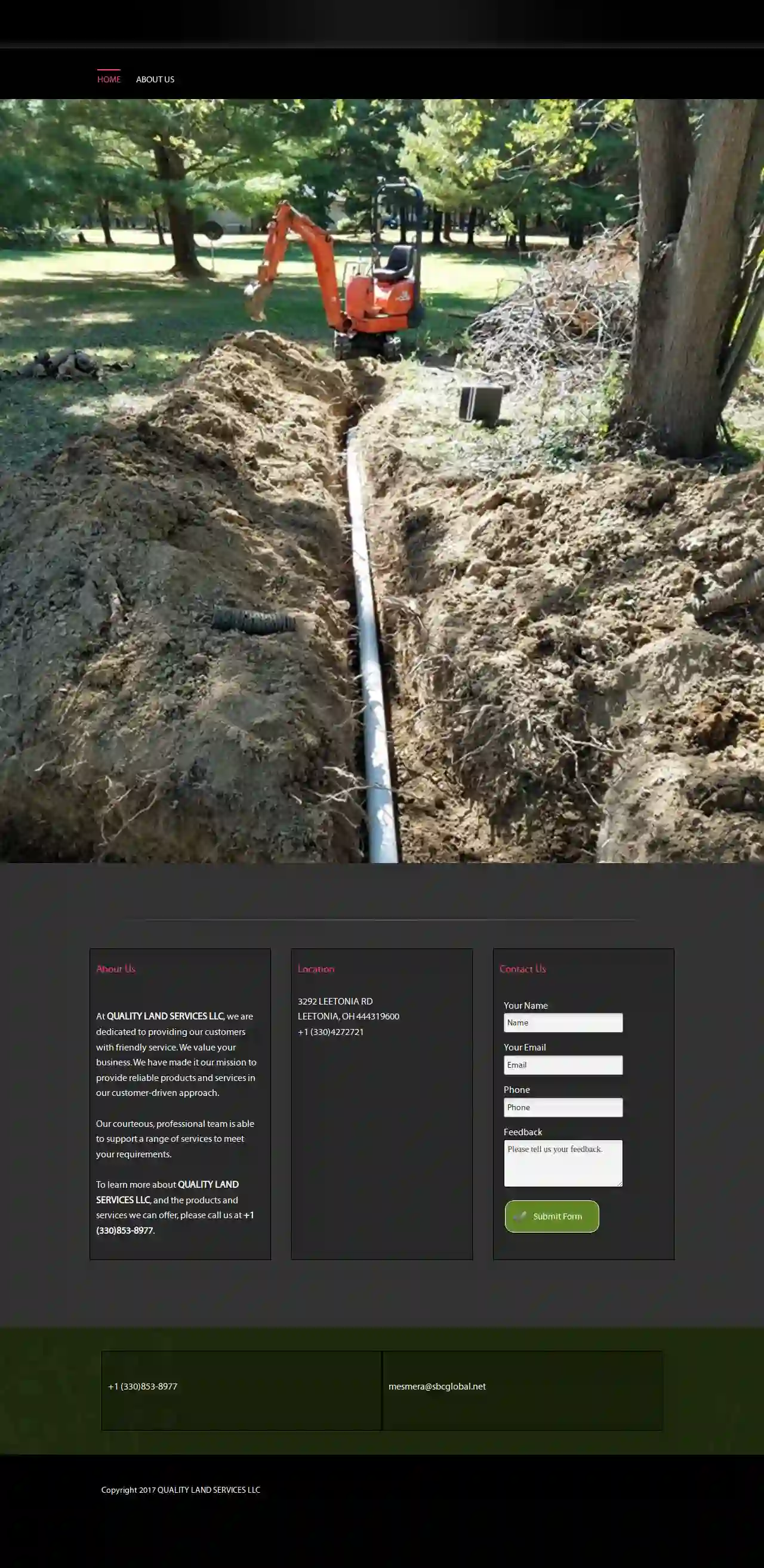
Quality Excavating
3.52 reviews3292 LEETONIA RD, LEETONIA, 44431, USAt QUALITY LAND SERVICES LLC, we are dedicated to providing our customers with friendly service. We value your business. We have made it our mission to provide reliable products and services in our customer-driven approach. Our courteous, professional team is able to support a range of services to meet your requirements. To learn more about QUALITY LAND SERVICES LLC, and the products and services we can offer, please call us at +1 (330)853-8977.
- Services
- Why Us?
- Gallery
Get Quote
Molinaro Property Services LLC
4.514 reviews4268 Matson Avenue, Cincinnati, USMolinaro Property Services LLC Create Construct Care Outdoor living & hardscapes as easy as 1-2-3 1 See it 2 Build It 3 Enjoy It M.P.S. prides itself on quality workmanship and superior customer service from start to finish. Our success is dependent upon a great customer experience and we don't stop until we get it. Thanks for your interest in M.P.S.
- Services
- Why Us?
- Gallery
Get Quote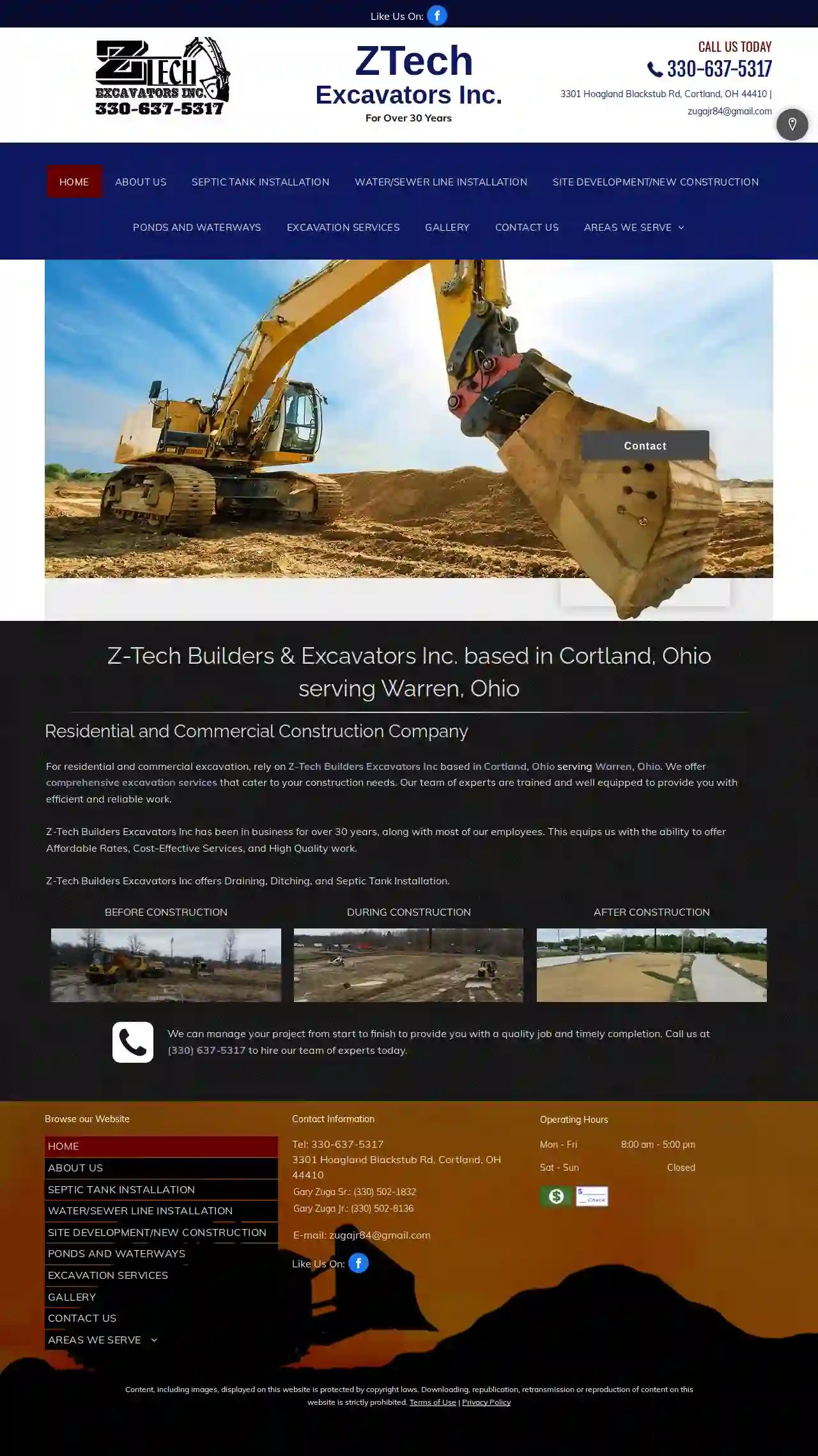
Z-Tech Builders Excavators Inc
4.410 reviews3301 Hoagland Blackstub Rd, Cortland, 44410, USAbout Z-Tech Builders & Excavators Inc. Z-Tech Builders & Excavators Inc. is a family owned and operated company, trusted by individuals and businesses in Trumbull County and surrounding areas. Our proprietors, Gary M Zuga Sr. and Gary M. Zugar Jr., are hands on in our business, and you can expect personalized service from all of our team. Let our 30 years of experienced work, work for you by employing our service. Assurances: Bonded Certified Insured Licensed Locally Owned Registered
- Services
- Why Us?
- Our Team
- Gallery
Get Quote
High Country Excavation, LLC - Landscape Excavator Service & Demolition Excavation Contractor
57 reviewsHigh Country Excavation, LLC, Lakewood, CO, 80235, USAbout High Country Excavation, LLC High Country Excavation, LLC is a trusted local excavator in Lakewood, CO, serving residential property owners with a wide range of services beyond just excavation. We've been serving the community for over a decade, building a reputation for quality work and customer satisfaction. Our Services We specialize in a variety of excavation projects, including septic system installation, landscape excavation, site preparation, tree removal, snow removal, drainage, demolition, rock wall construction, and more. We're equipped to handle a wide range of projects, from small-scale landscaping to large-scale construction. Our Work Process We believe in optimizing our work process to ensure efficiency and cost-effectiveness. We carefully plan each project, providing realistic timelines and cost estimates. We're committed to delivering high-quality results on time and within budget.
- Services
- Why Us?
- Accreditations
- Gallery
Get Quote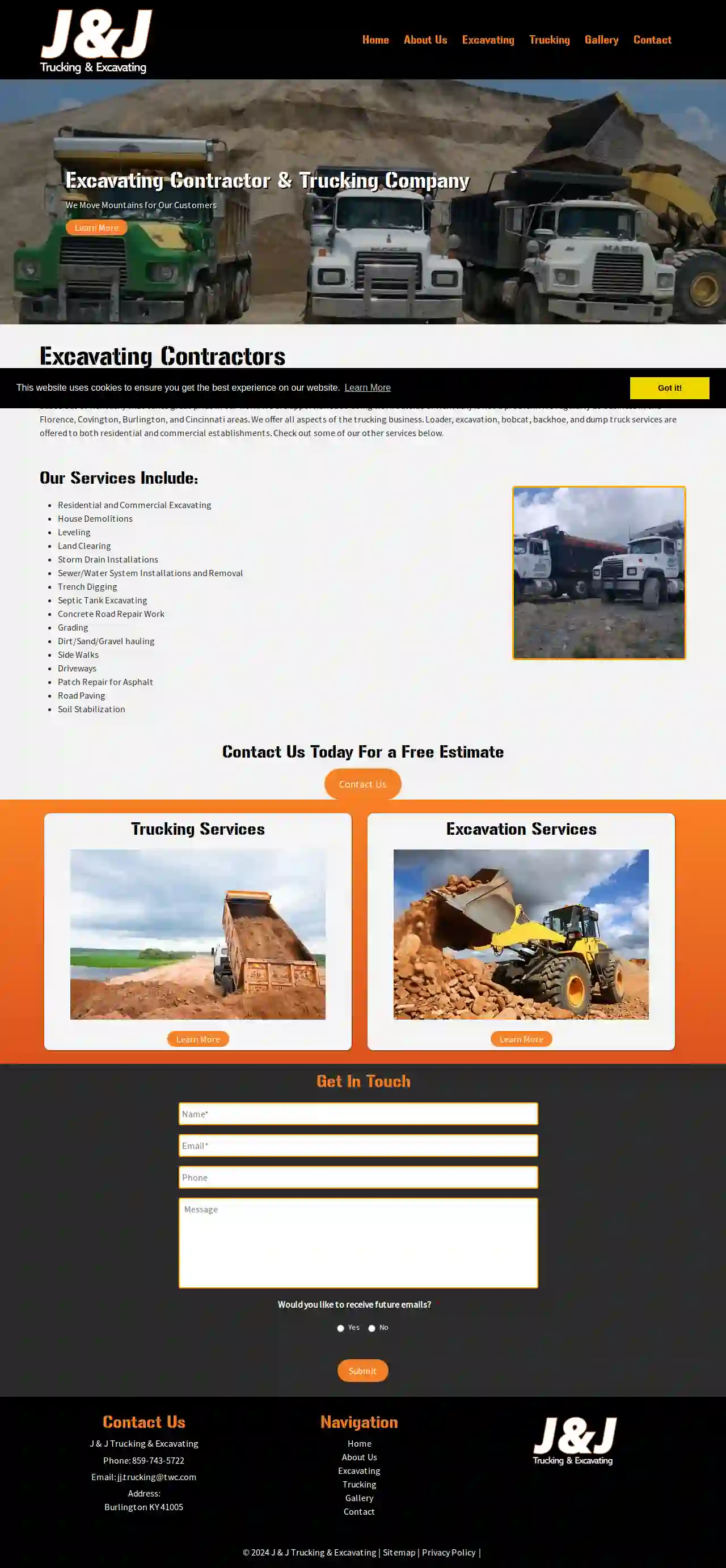
J&J Trucking & Excavation
3.73 reviewsBurlington, 41005, USWe Move Mountains for Our Customers J & J Trucking and Excavating has been offering commercial and residential trucking and excavation services for over 30 years. We are a small family-owned company based out of Kentucky that takes great pride in our work. We are apportioned so doing work outside of Kentucky is not a problem. We regularly do business in the Florence, Covington, Burlington, and Cincinnati areas. We offer all aspects of the trucking business. Loader, excavation, bobcat, backhoe, and dump truck services are offered to both residential and commercial establishments. With over 30 years in the trucking and excavating business you can trust on J & J trucking to get the job done right the first time. We are a small family-owned company based out of Kentucky that takes great pride in our work. We treat our customers the way we want to be treated and strive to make sure your project goes off without a hitch.
- Services
- Why Us?
- Gallery
Get Quote
Mike Pusateri Excavating
4.85 reviews16363 Saint Clair Avenue, East Liverpool, 43920, USA Family Owned Commercial and Residential Excavating Company Mike Pusateri Excavating Inc is a Commercial and Residential Excavating Company that prides itself in the quality of work and high standards of performance it provides for our customers. These qualities and principles have been the foundation of the company since 1960. We continue to take pride in our work and strive for excellence resulting in top quality projects that reflects the reputation we have built over the years and continue to stand by. The Company was founded by Michael Pusateri Sr. in 1960. It all started with a dump truck and high lift. The company continued to grow due to the hard work and success over the years. Eventually, the reins were turned over to the next generation when Mike Pusateri Jr and brother Jim Pusateri took over the responsibilities. During these years the company began to expand, and their equipment fleet and capabilities grew larger. Mike Pusateri Jr. is still the acting President of the company and now with the addition of a third generation to include sons Matt and Jason Pusateri as well as nephew Adam Pusateri, the company continues to grow maintaining the reputation it was built upon. The fleet now has GPS modeling and machine control capabilities and are continually evolving to provide High Quality Projects.
- Services
- Why Us?
- Our Team
- Gallery
Get Quote
Summit Excavating
3.852 reviews3316 Grill Road, New Franklin, 44216, USSummit Excavating: Your Trusted Partner for Excavation and Septic Services Summit Excavating is a family-owned and operated excavation contractor serving residential and commercial clients throughout Northeast Ohio since 1979. We are dedicated to providing timely and professional services, taking the stress out of your major excavation projects. Whether you need septic pumping, a new septic tank, or any other excavation service, we are here to help. Our Commitment to Quality and Customer Satisfaction At Summit Excavating, we are committed to providing high-quality services and exceeding our customers' expectations. Our skilled team is dedicated to solving your problems correctly the first time, ensuring your complete satisfaction. We take pride in caring for our community and are committed to providing environmentally friendly and economical services. Our Services We offer a wide range of excavation and septic services, including: Soil Evaluation Septic Tank Demolition Risers on Tanks to Bring Up to Ground Level Septic Pumping & Sump Pump Lift Stations NPDES Systems Septic System Repairs Drip Disposal Systems & Spray Disposal Systems Septic Inspections, Dye Testing, Point of Sale (POS) Inspections Dig Basements & Dig Footers for House Additions Our Mission Our mission is to prevent you from experiencing water damage and to keep your groundwater supply fresh and clean. We offer flexible septic services, including one-time and routine services, to optimize your septic system's performance. When you choose our septic pumping services, you'll also receive a free backwash to ensure the sludge and scum are removed from your tank. Why Choose Summit Excavating? Licensed, Bonded, and Insured EPA Approved Experienced and Skilled Team Commitment to Quality and Customer Satisfaction Free Estimates Flexible Service Scheduling Friendly Post Card Reminders Sump Pump Replacement with Warranty
- Services
- Why Us?
- Gallery
Get Quote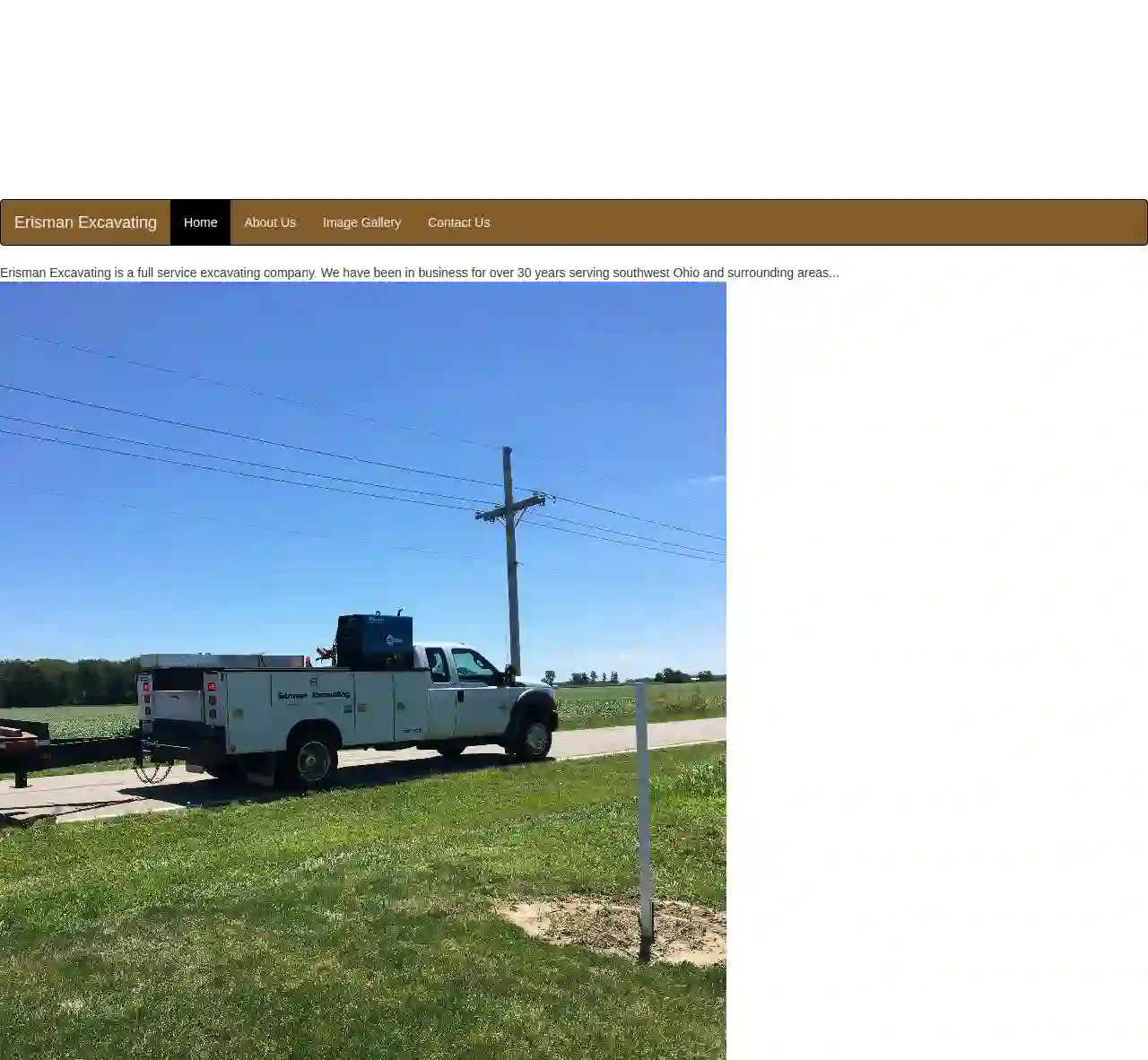
Erisman Excavating, LLC
53 reviewsDayton, USAbout Erisman Excavating Erisman Excavating is a full-service excavating company with over 30 years of experience serving southwest Ohio and surrounding areas. We are committed to providing our clients with high-quality workmanship and exceptional customer service. Our team of experienced professionals is dedicated to completing your project on time and within budget. We offer a wide range of excavating services, including: Site preparation Grading Demolition Utility installation And more! We are proud to be a trusted and reliable excavating company in the area. We are committed to safety and environmental responsibility. Contact us today for a free estimate.
- Services
- Why Us?
- Gallery
Get Quote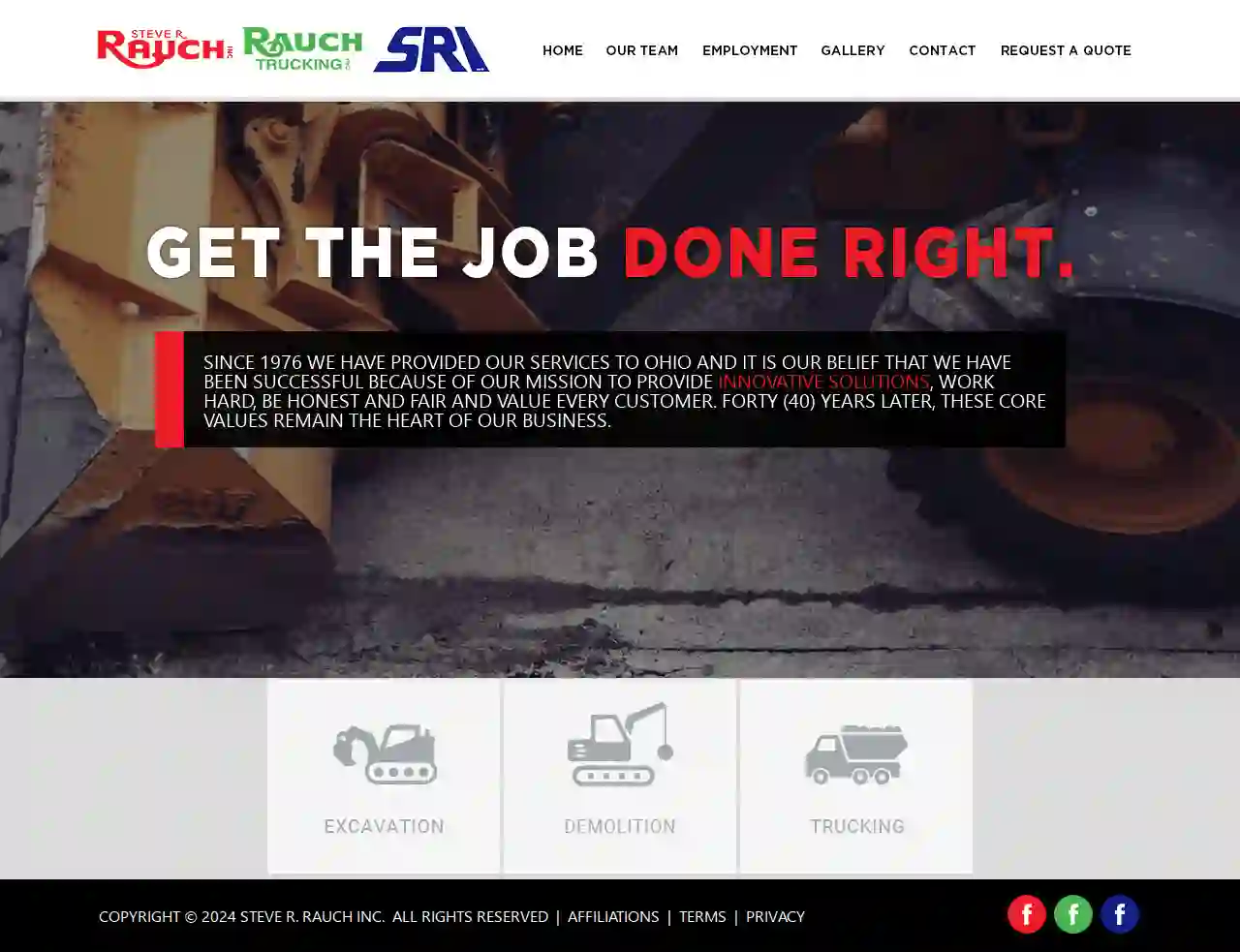
Steve R Rauch, Inc.
3.537 reviewsDayton, USSince 1976, Steve R. Rauch Inc. has been providing services to Ohio. Our success is rooted in our commitment to delivering innovative solutions, working hard, maintaining honesty and fairness, and valuing every customer. These core values remain the foundation of our business, even after 40 years.
- Services
- Why Us?
- Our Team
- Gallery
Get Quote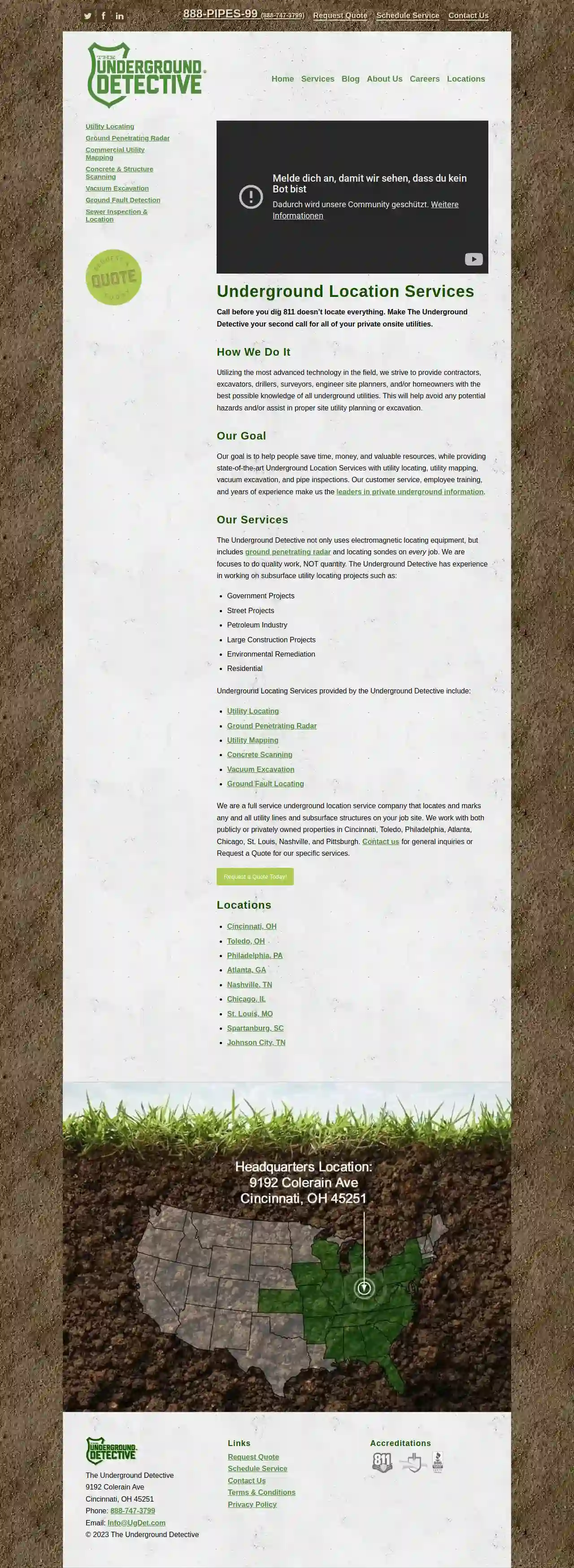
Underground Detective Cincinnati
4.620 reviews9192 Colerain Avenue, Cincinnati, 45251, USCommitted to excellence! The Underground Detective has grown and evolved to provide invaluable services to a wide variety of clients. As years progress and demand continues to change, our commitment to being a family remains strong. We value your time and your trust. We treat our name and your confidence #1 in everything we do and ALWAYS give you all the knowledge we can to save you time, money, and resources. Originally plumbers, the owner of The Underground Detective and his head technician often struggled to find the proper place to excavate when a sewer problem occurred. In 1975, they purchased a piece of equipment to locate underground utilities on their own. Other plumbers in the area began to use their new service, but it wasn’t until 1992 that The Underground Detective of Greater Cincinnati, LLC officially became a company. Since then, the company has grown and expanded to specialize in the location of many underground utilities. Our Mission We strive to provide contractors, excavators, surveyors, engineer site planners, and/or homeowners with the best possible knowledge of all underground utilities. This will help avoid any potential hazards and/or assist in proper site utility planning or excavation. Our goal is to help people save time, money, and valuable resources, while providing state-of-the-art utility locating, utility mapping, vacuum excavation, pipe inspections, and leak locating solutions. Our service and accuracy are unparalleled.
- Services
- Why Us?
- Gallery
Get Quote
Over 22,076+ Excavation Companies in our network
Our excavation pros operate in Cuyahoga Falls & beyond!
ExcavationHQ has curated and vetted the Best Excavation Contractors near Cuyahoga Falls. Find the most reliable contractor today.
Frequently Asked Questions About Excavation Contractors
- Hauling to Designated Disposal Sites: Transporting excavated material to approved landfills or recycling centers.
- Recycling or Reuse: If suitable, some excavated soil might be recycled for other projects or reused on-site for landscaping or backfilling.
- Complying with Regulations: Adhering to local and environmental regulations for soil disposal to prevent contamination or illegal dumping.
- Topsoil Removal: Stripping the fertile topsoil layer from a site, often preserving it for landscaping.
- Trench Excavation: Digging long, narrow trenches for utilities (pipes, cables) or foundations.
- Basement Excavation: Removing earth to create a space for a basement beneath a structure.
- Pool Excavation: Digging a precise hole for installing a swimming pool.
- Roadway Excavation: Removing earth and preparing the ground for road construction.
- Demolition Excavation: Clearing debris and preparing the site after demolition.
- Channel Excavation: Creating channels for drainage or irrigation.
- Project Size and Scope: The larger and more complex the excavation, the higher the cost.
- Soil Type: Different soil types require different equipment and techniques, impacting costs. Rocky or clay-rich soil can be more expensive to excavate than loose soil.
- Accessibility: Difficult-to-access sites might require specialized equipment or additional labor, increasing expenses.
- Disposal Costs: Hauling away excavated material (soil, rocks, etc.) to disposal sites incurs additional fees.
- Permits and Inspections: Depending on local regulations, permits and inspections might be required, adding to the overall cost.
What is the difference between excavation and grading?
Excavation: Primarily involves removing earth or other materials from a site. It's about digging down and creating space.
Grading: Focuses on shaping and leveling the ground to a specific slope or elevation. It's about adjusting the existing terrain.
For example, you might excavate a foundation and then grade the surrounding area to ensure proper drainage and a level surface for landscaping.
How do you handle soil disposal after excavation?
What are the different types of excavation?
How much does excavation cost?
What is the difference between excavation and grading?
Excavation: Primarily involves removing earth or other materials from a site. It's about digging down and creating space.
Grading: Focuses on shaping and leveling the ground to a specific slope or elevation. It's about adjusting the existing terrain.
For example, you might excavate a foundation and then grade the surrounding area to ensure proper drainage and a level surface for landscaping.
How do you handle soil disposal after excavation?
- Hauling to Designated Disposal Sites: Transporting excavated material to approved landfills or recycling centers.
- Recycling or Reuse: If suitable, some excavated soil might be recycled for other projects or reused on-site for landscaping or backfilling.
- Complying with Regulations: Adhering to local and environmental regulations for soil disposal to prevent contamination or illegal dumping.
What are the different types of excavation?
- Topsoil Removal: Stripping the fertile topsoil layer from a site, often preserving it for landscaping.
- Trench Excavation: Digging long, narrow trenches for utilities (pipes, cables) or foundations.
- Basement Excavation: Removing earth to create a space for a basement beneath a structure.
- Pool Excavation: Digging a precise hole for installing a swimming pool.
- Roadway Excavation: Removing earth and preparing the ground for road construction.
- Demolition Excavation: Clearing debris and preparing the site after demolition.
- Channel Excavation: Creating channels for drainage or irrigation.
How much does excavation cost?
- Project Size and Scope: The larger and more complex the excavation, the higher the cost.
- Soil Type: Different soil types require different equipment and techniques, impacting costs. Rocky or clay-rich soil can be more expensive to excavate than loose soil.
- Accessibility: Difficult-to-access sites might require specialized equipment or additional labor, increasing expenses.
- Disposal Costs: Hauling away excavated material (soil, rocks, etc.) to disposal sites incurs additional fees.
- Permits and Inspections: Depending on local regulations, permits and inspections might be required, adding to the overall cost.